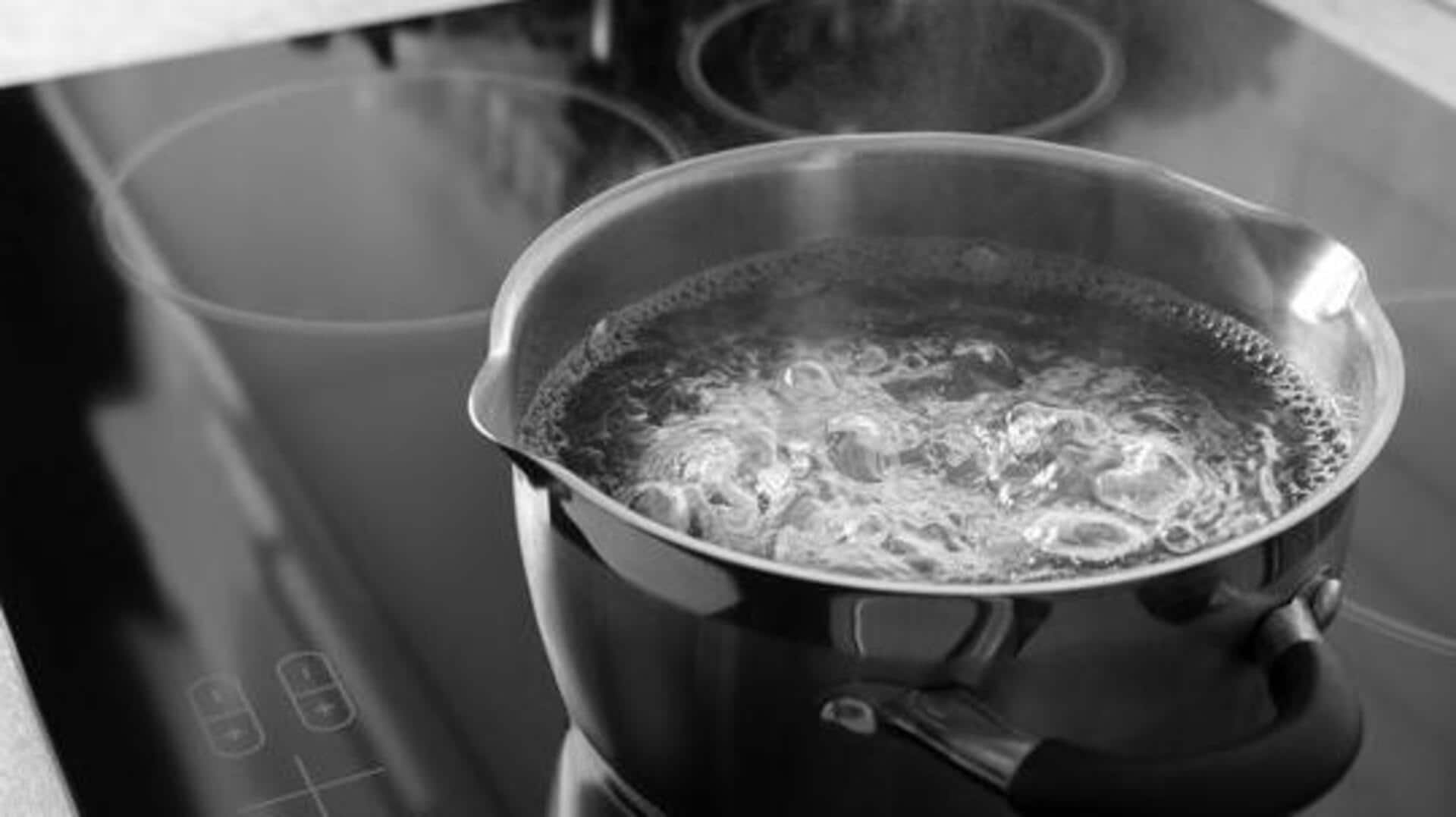
How to purify water naturally
What's the story
Access to clean water is a major problem in most parts of Africa. However, there are some cost-effective ways to purify water using locally available resources. These methods not only make water safe for drinking but also encourage sustainability and self-reliance in communities. Here are some practical and affordable water purification techniques that can be easily implemented across the continent.
Tip 1
Solar disinfection method
Solar disinfection, or SODIS, is a simple but effective way to purify water using sunlight. The technique involves filling transparent plastic bottles with contaminated water and exposing them to direct sunlight for a minimum of six hours. Harmful pathogens are killed by ultraviolet rays. The method requires minimal resources—just sunlight and plastic bottles—and comes especially handy in regions with plenty of sunshine.
Tip 2
Boiling water technique
Boiling has always been one of the oldest and most reliable methods of purifying water. By bringing it to a rolling boil for at least one minute, one can effectively eliminate most bacteria, viruses, and parasites. While this method can require fuel (wood/charcoal), it still remains an accessible option for many African households where these resources are readily available.
Tip 3
Filtration using sand and charcoal
You can also construct a simple filtration system using sand and charcoal to significantly improve the quality of drinking water. Layers of sand serve as a physical barrier to trap particles, while charcoal absorbs impurities and odors. This low-cost solution can be built using locally sourced materials such as buckets or barrels layered with sand, gravel, and charcoal.
Tip 4
Use of moringa seeds
Thanks to their natural coagulant properties, moringa seeds present a novel method of purifying turbid water. Crushed into powder and added to cloudy water, they clump suspended particles together which settle at the bottom after stirring gently for a few minutes. This is strained through cloth filters before consumption, yielding a clearer, safer drinking supply (without any chemical additives involved), and eco-friendly too!